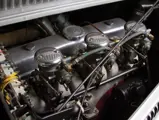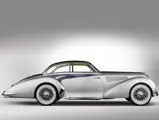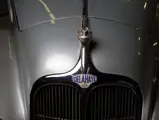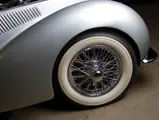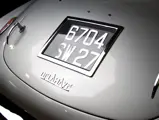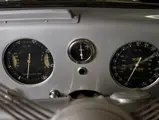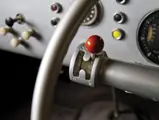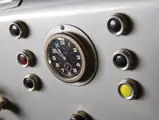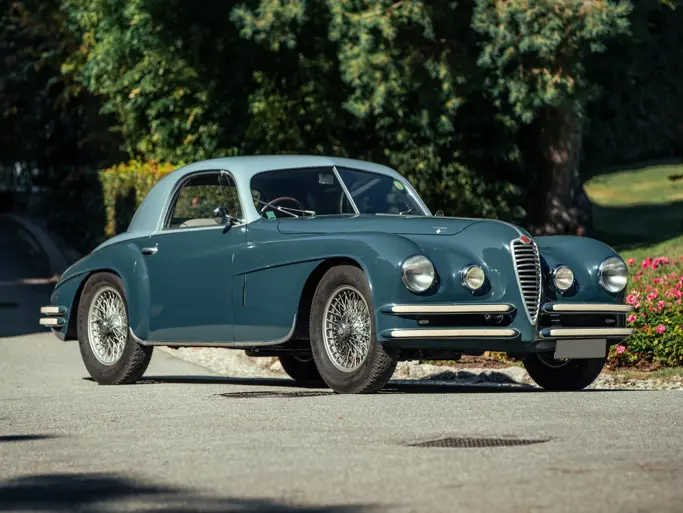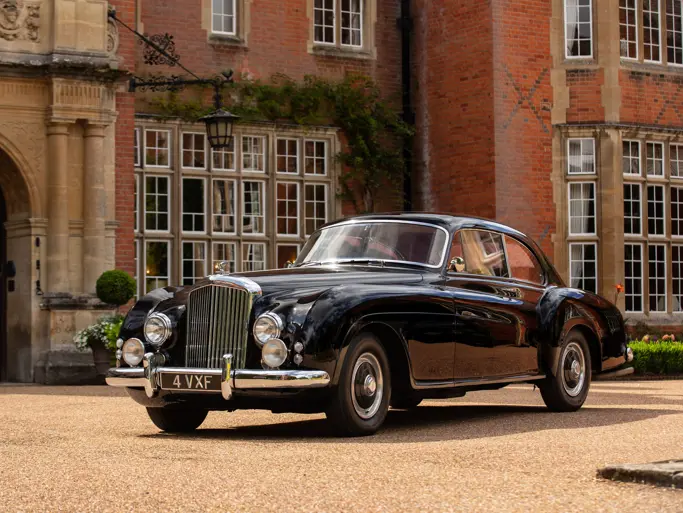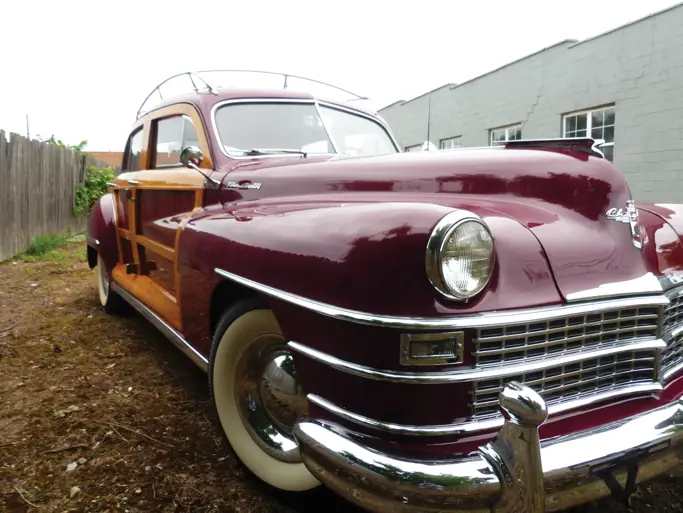Amelia Island 2013
1947 Delahaye 135 MS Coupe by Langenthal
{{lr.item.text}}
$330,000 USD | Sold
 | Amelia Island, Florida
| Amelia Island, Florida
{{internetCurrentBid}}
{{internetTimeLeft}}

- The most desirable Delahaye “Modifie Speciale” chassis
- One-off Swiss custom coachwork
- Exceptional original condition, with 14,000 miles
160 bhp, 3,557 cc OHV inline six-cylinder engine, independent front suspension with transverse leaf spring, live rear axle with quarter elliptic springs, and four-wheel assisted mechanically-actuated Bendix drum brakes. Wheelbase: 114 in.
Delahaye’s most famous model remains the 135, introduced at the 1935 Paris Auto Show and produced until 1951. It was the foundation of all Delahaye models to follow and was produced in several different iterations, the most desirable and powerful of which was the 135 MS, or “Modifie Speciale,” introduced in 1938. Equipped with three carburetors, its inline six-cylinder engine produced 135 horsepower. That is not an impressive number today, but in the 1930s, the 135 MS’ top speed of 100 mph ranked it among the fastest automobiles in the world, and it could return up to 25 mpg, making it surprisingly fuel efficient for the time. This efficiency led to racing versions of the chassis, winning many victories, including Le Mans.
The car offered here is an early, post-war 135 MS, and it is also one of two Delahayes with coachwork by Swiss coachbuilder Langenthal. While not widely remembered today, in its time, Langenthal was well-known for the high quality and beautiful design of its work, which on this car includes sweeping “teardrop” fenders and two-tone paintwork set off by audacious curves. Reportedly, this car was originally delivered as a cabriolet. The original owner returned it to the coachbuilder, complaining of poor rear visibility and wind noise. Langenthal responded by fabricating a removable hardtop for the car. Once more, the Delahaye was returned, this time with complaints about the size and weight of the top, and as a result, the roof was permanently fixed to the car. Presumably, the customer was now sated, and the Delahaye was finally enjoyed.
The interior is a classic French Grand Touring of the 1940s, showing the inspiration of other French coachbuilders, with wide dashboard gauges, beautiful leather upholstery, and, naturally, a glass ashtray. All of that, and a large trunk, was everything one required to cross the Alps in high style in 1947. The radiator mascot, a frog poised to leap, adds a pleasant whimsical touch, and it suggests the pent-up power lurking beneath the hood.
The car is believed to have remained in France, in the ownership of a single family for many years. It was acquired there by an American enthusiast and was eventually passed into the hands of noted collector Gordon Apker, in whose ownership it became widely known.
Possessed by its present caretakers for over a decade, the Delahaye was voted Most Photogenic at the Concours d’Elegance of America at St. John’s in 2011, and in 2012, it graced the lawns of Pebble Beach, Palos Verdes, and the Louisville Concours d’Elegance. In addition to its show appearances, the car was featured in the October 2002 issue of Collectible Automobile magazine, as well as in Stuart Leuthner’s book, Wheels: A Passion for Collecting Cars. Importantly, it has made these appearances as it appears today, as one of the most original Delahayes extant. It is believed that the silver paint was redone some time ago, with the blue stripe added to the flanks sometime later. With the exception of that repaint, the car remains in largely unrestored condition, as it was delivered in 1947, and it is still in outstanding form, as it should be with only 14,000 actual miles on the odometer. Mechanical work in the present owner’s care has been limited largely to the replacement of the rear axle and the installation of whitewall tires.
Post-war Delahayes were among the greatest of coachbuilt French automobiles. This car desirably combines low-mileage original condition, unique Swiss bodywork, and a fascinating story that defines the era, when “custom” meant a car tailored, like a suit, to its owner’s whims and fancy.


